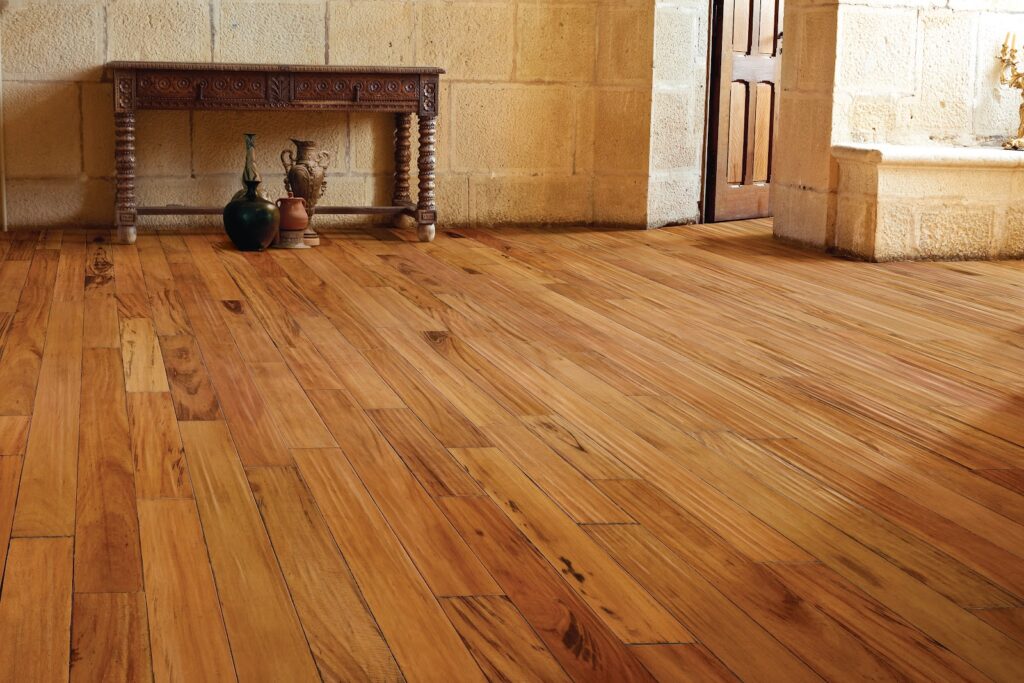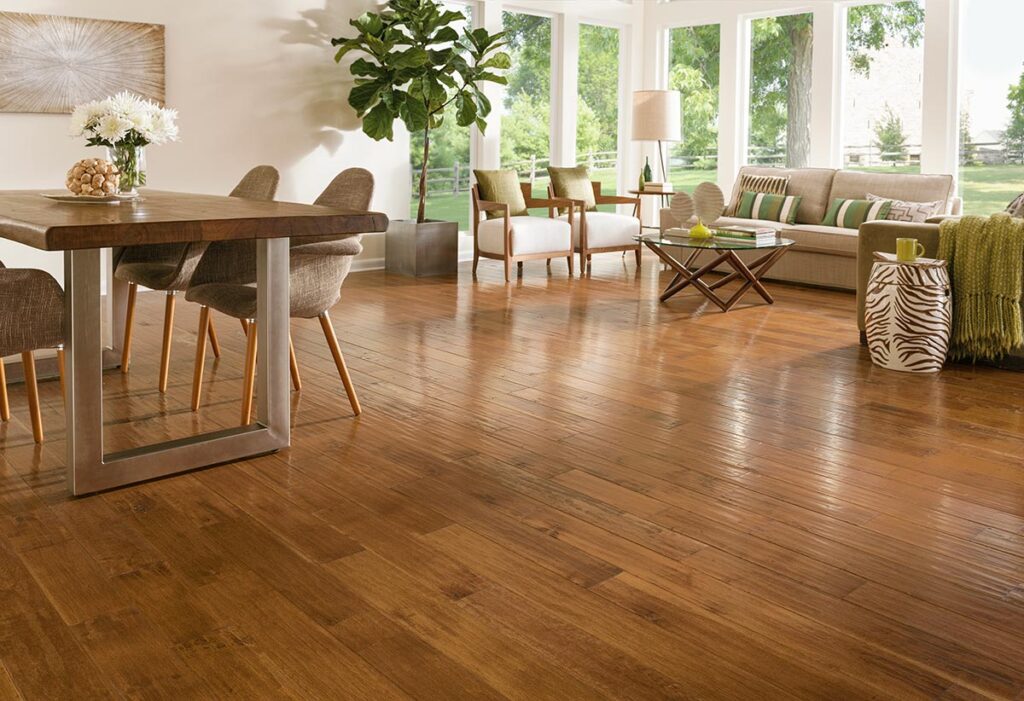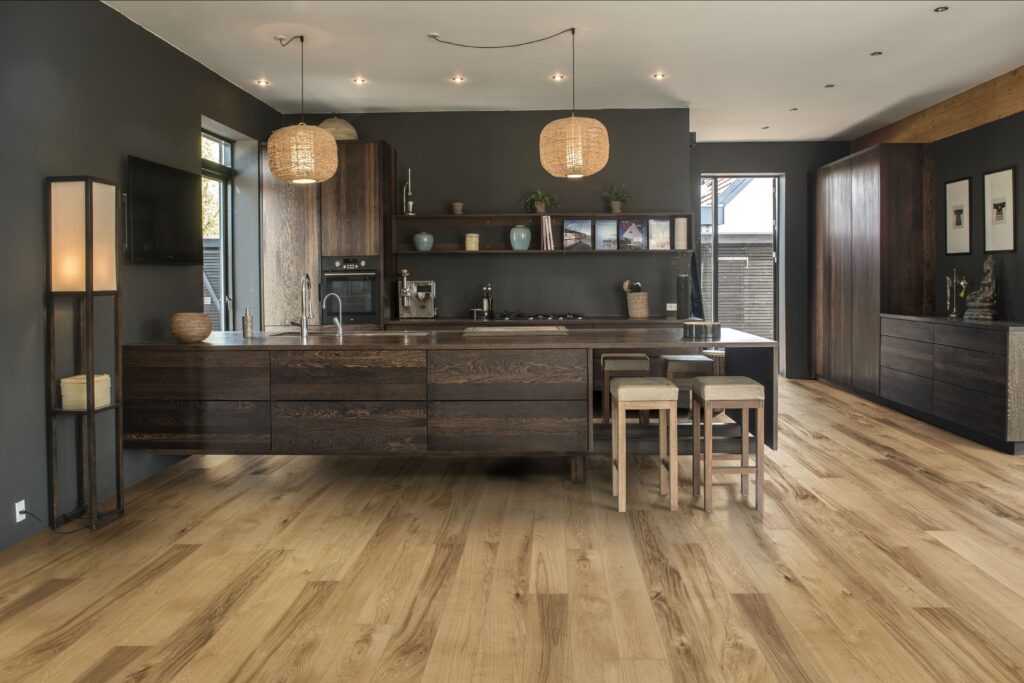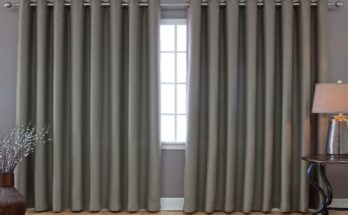Hardwood flooring adds timeless elegance and warmth to any home, making it a popular choice among homeowners seeking both aesthetic appeal and durability. In this comprehensive guide, we’ll walk you through everything you need to know about choosing and installing flooring to elevate the ambiance of your space.
Introduction to Hardwood Flooring
Hardwood flooring is more than just a surface to walk on; it’s a foundational element of interior design that significantly impacts the look and feel of a room. Whether you prefer the rustic charm of reclaimed oak or the sleek sophistication of Brazilian cherry, hardwood floors offer unparalleled beauty and versatility.
Benefits of Hardwood Flooring
One of the primary reasons homeowners opt for hardwood flooring is its exceptional durability and longevity. Unlike carpet or laminate, hardwood can withstand years of wear and tear without losing their luster. Additionally, it never goes out of style, making it a wise long-term investment that can increase the resale value of your home.

Types of Hardwood Flooring
There are several types of hardwood flooring to choose from, each with its own unique characteristics and advantages. Solid wood, engineered wood, and exotic hardwood are among the most popular options, catering to different aesthetic preferences and budgetary constraints.
Factors to Consider When Choosing Hardwood Flooring
Before selecting flooring for your home, it’s essential to consider various factors, such as your budget, the functionality of the room, and the desired wood species and finish. While solid wood offers unmatched authenticity and longevity, engineered hardwood provides greater versatility and stability, especially in moisture-prone areas.
Preparation Before Installation
Proper preparation is crucial for ensuring a successful hardwood flooring installation. This includes inspecting and preparing the subfloor, acclimating the hardwood to the room’s conditions, and installing a moisture barrier to protect against potential damage.

Installation Methods
Hardwood flooring can be installed using different methods, including nail-down, glue-down, and floating installations. The choice of installation method depends on factors such as the type of hardwood, the condition of the subfloor, and personal preference.
Tools and Materials Needed for Installation
To install wood flooring properly, you’ll need a variety of tools and materials, including the hardwood itself, underlayment, and installation tools such as a nail gun, adhesive, and saw. Having the right equipment ensures a smooth and efficient installation process.
Step-by-Step Installation Process
The installation process involves several steps, starting with careful layout planning and progressing through cutting and fitting the boards to applying the finishing touches. By following a systematic approach and paying attention to detail, you can achieve professional-looking results that enhance the beauty of your home.
Post-Installation Care and Maintenance
Once the flooring is installed, proper care and maintenance are essential for preserving its beauty and longevity. This includes regular cleaning to remove dirt and debris, avoiding exposure to excessive moisture, and considering refinishing options to rejuvenate worn or damaged areas.
Common Mistakes to Avoid
While hardwood flooring offers many benefits, there are some common mistakes that homeowners should avoid to ensure a successful installation. These include skipping the acclimation process, neglecting proper subfloor preparation, and failing to leave adequate spacing between boards for expansion.

Tips for Maximizing Longevity
To maximize the lifespan of your hardwood flooring, consider using area rugs and furniture pads to protect high-traffic areas, maintaining a consistent indoor humidity level to prevent warping or cupping, and addressing any issues such as scratches or dents promptly to prevent further damage.
Cost Considerations
When budgeting for hardwood flooring, it’s essential to consider not only the cost of materials but also installation costs and long-term savings. While it may require a higher upfront investment compared to other flooring options, its durability and timeless appeal can result in significant cost savings over time. Visit: https://dubaivinylflooring.com/
Environmental Considerations
For environmentally conscious homeowners, sustainability is a crucial consideration when choosing flooring. Opting for responsibly sourced wood species and eco-friendly finishes and sealants can help minimize the environmental impact of your flooring choice.



